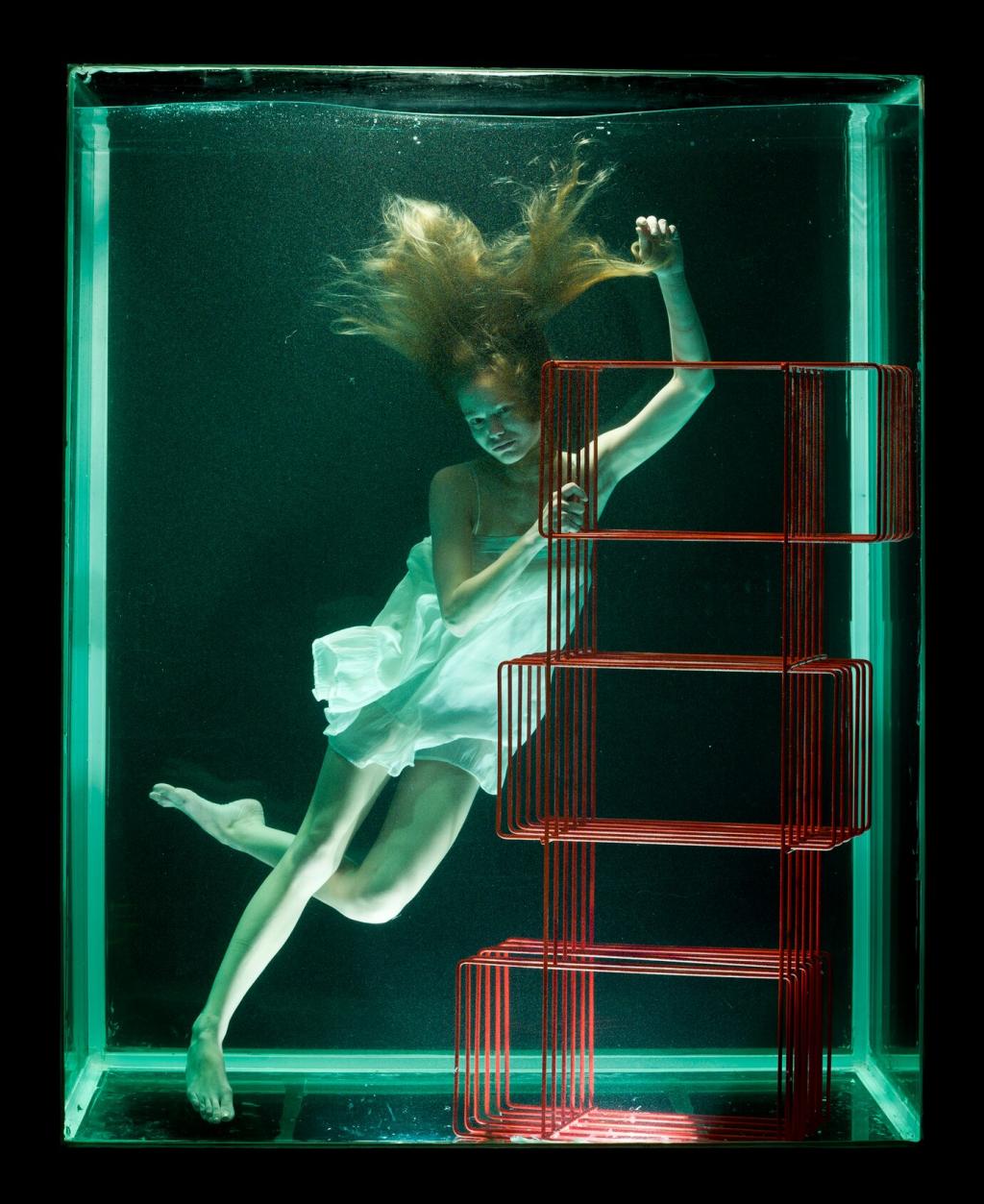Techniques to Enter and Stabilize the Dream
Set an alarm five hours after sleep. Wake briefly, read your scenario notes, then return to bed with soft focus on your anchor. This timing targets REM-rich cycles, increasing the likelihood that your designed scene will unfold vividly.
Techniques to Enter and Stabilize the Dream
Practice a simple reality check during the day—count fingers, read text twice, or gently push a fingertip through your palm. Bring the habit into dreams. Once lucid, return to your anchor action, and calmly stabilize by naming three nearby details.














